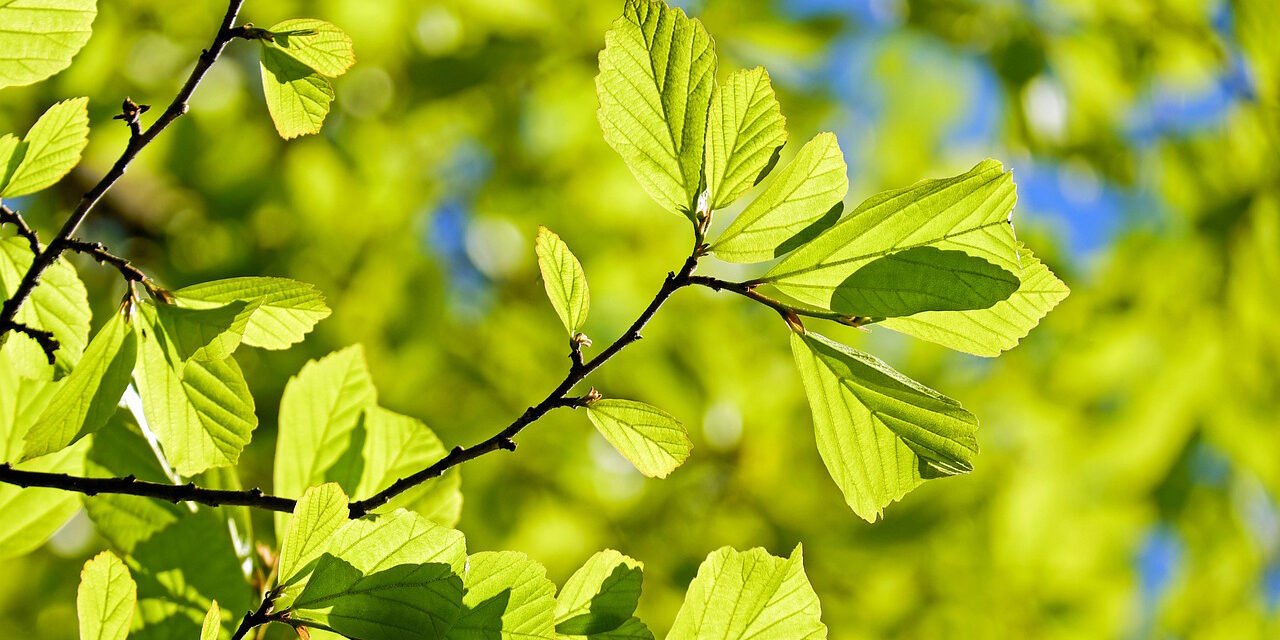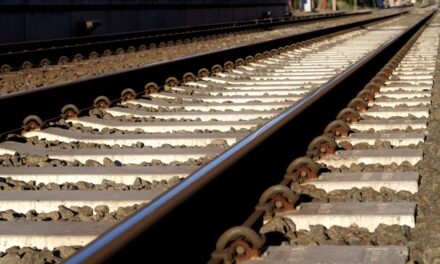Hamilton Township, located in Mercer County, New Jersey, is a community with a rich and diverse history.
From its early colonial roots to its modern development, Hamilton Township has evolved significantly over the centuries.
This blog post explores the various phases of Hamilton Township’s history and highlights some of the key things that happened and people that have shaped it.
Table of Contents
Early Beginnings
Indigenous Inhabitants
Long before European settlers arrived, the area now known as Hamilton Township was inhabited by the Lenape Native Americans.
The Lenape: The Lenape people lived harmoniously with the land, utilizing its resources for hunting, fishing, and agriculture. Their presence and culture laid the foundation for the area’s history.
Colonial Settlement
The first European settlers arrived in the late 17th century.
Founding Figures: Hamilton Township was initially part of Nottingham Township, one of the first townships established in New Jersey. The area was named after Nottingham in England.
Growth and Development
The American Revolutionary War
Hamilton Township had a big part during the American Revolutionary War.
Notable Events: Several skirmishes and troop movements occurred in and around the area. The township’s proximity to Trenton made it strategically important during the war.
19th Century Expansion
Throughout the 19th century, Hamilton Township experienced significant growth and development.
Agriculture and Industry: The township’s fertile land made it an ideal location for agriculture, particularly farming and dairy production. The development of railroads and canals facilitated the transport of goods, contributing to the local economy.
Educational and Cultural Development
In the mid-19th century, Hamilton Township saw the establishment of various educational and cultural institutions.
Institutions: Schools, churches, and public buildings were constructed, reflecting the growing community’s commitment to education and culture.
20th Century to Present
Suburbanization
The post-World War II period came with significant changes to Hamilton Township.
Residential Development: The demand for suburban housing led to the construction of numerous residential neighborhoods. The township’s population grew rapidly, and new schools, parks, and public facilities were established to accommodate the influx of residents.
Commercial Expansion
Hamilton Township continued to evolve as a commercial center in the latter half of the 20th century.
Shopping Centers and Malls: The establishment of shopping centers and malls attracted shoppers from across the region, contributing to the township’s economic vitality.
Fun Things to Do in Hamilton Township
Historical Sites
- John Abbott II House: Explore this historic house museum, which offers a glimpse into the township’s colonial and Revolutionary War-era history.
- Kuser Farm Mansion: Visit this beautifully preserved mansion and its surrounding park, which hosts various community events and historical reenactments.
Outdoor Activities
- Sayen Gardens: Enjoy this picturesque park’s beautiful botanical gardens, walking trails, and seasonal events.
- Mercer County Park: A large park offering a wide array of recreational things to do, including hiking, boating, and sports facilities.
Family-Friendly Attractions
- Grounds for Sculpture: Just a short drive away, this 42-acre sculpture park offers a unique blend of art and nature, perfect for a family outing.
- Veterans Park: A local favorite with playgrounds, sports fields, and a lake for fishing and paddle boating.
Q&A: Exploring Hamilton Township’s Legacy
Q: What role did Hamilton Township play in the American Revolutionary War?
A: Hamilton Township was strategically important due to its proximity to Trenton, and several skirmishes and troop movements occurred in the area.
Q: How did the agricultural industry contribute to Hamilton Township’s growth?
A: The township’s fertile land made it ideal for farming and dairy production, and the development of railroads and canals facilitated the transport of goods, contributing to the local economy.
Q: What factors contributed to Hamilton Township’s post-World War II suburban growth?
A: The demand for suburban housing led to the construction of residential neighborhoods, schools, parks, and public facilities, significantly increasing the township’s population.
Q: What are some notable commercial developments in Hamilton Township?
A: The establishment of shopping centers and malls provided extensive shopping and dining options and contributed to the township’s economy.
Q: How has Hamilton Township preserved its historical heritage?
A: Hamilton Township has preserved its historical heritage through sites like the John Abbott II House and the Kuser Farm Mansion, which celebrate the township’s rich past.
Q: What recreational activities are available in Hamilton Township today?
A: Hamilton Township offers a variety of recreational activities, including parks, botanical gardens, hiking trails, and family-friendly attractions.
The Future of Hamilton Township, New Jersey
Hamilton Township’s journey from a colonial settlement to a bustling suburban community reflects its adaptability and resilience.
As the township continues to grow, it remains grounded in preserving and protecting its historical heritage while embracing new opportunities for development and progress.
Hamilton Township’s future promises to be as dynamic and inspiring as its past, driven by the same spirit of community and innovation that has defined it for centuries.





